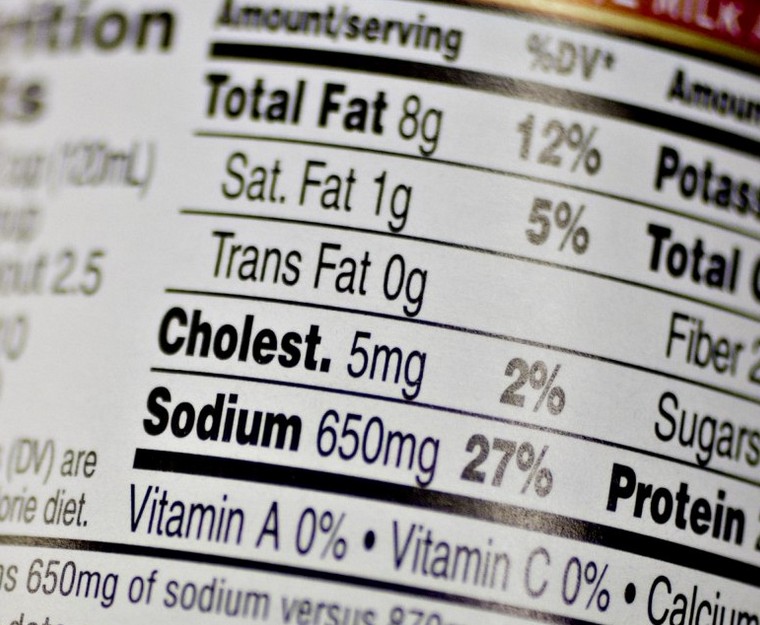They say wisdom comes with age, but what often isn’t said is how systematically that wisdom is undermined. For older adults—who have lived through wars, moon landings, the birth of the internet, civil rights movements, and recessions—it’s a quiet tragedy to be told, day in and day out, that they’re fragile, vulnerable, and dependent. This messaging isn’t random. It’s curated, intentional, and profitable.
Pharmaceutical companies make billions from convincing people that every ache is a warning sign and every mood swing needs a pill. The medical industry, bloated with specialists and sub-specialists, often treats aging not as a natural process but as a slow-motion emergency. Banks and financial advisors bombard the elderly with warnings that they’ll outlive their savings unless they lock into this plan or buy that product. Politicians appeal to fear about crime, immigration, and the collapse of Social Security. And the media? They do what they’ve always done best: turn anxiety into clicks and ratings.
But here’s the secret they don’t want you to realize: the more they can keep you afraid, the easier it is to control your choices—and your money.
It’s time to resist.
Resisting doesn’t mean ignoring your health or finances—it means reclaiming your right to approach them with calm, informed judgment rather than panic. It means asking, “Who profits from me being scared?” It means noticing when an ad tells you that wrinkles need fixing, or that retirement must be spent in constant medical checkups and estate planning. You don’t owe anyone your anxiety.
To resist, embrace curiosity over fear. Read widely, not just what’s fed to you by big networks or legacy institutions. Form your own conclusions. Ask hard questions. Talk with peers—not just professionals—and share wisdom. Start with the radical belief that getting older is not a decline, but a transition. You have earned your confidence, and you deserve peace, not panic.
The elderly should be the most defiant demographic of all. After all, you’ve seen more, endured more, and adapted more than anyone gives you credit for. Don’t let corporations and institutions infantilize you. You’ve raised families, built careers, buried friends, and survived eras. You do not need a daily prescription of dread to get through the day.
Instead, live deliberately. Turn off the television when it screams crisis. Say no to the tenth financial seminar designed to stoke your fear of running out of money. Decline the extra test or treatment when your intuition—and perhaps a second opinion—says it’s not necessary. Trust that you know yourself.
You have the right to a full, rich, autonomous life. And that begins with refusing to be anyone’s target market for fear.







